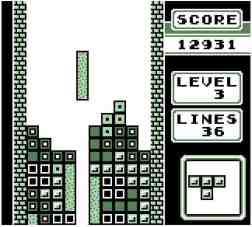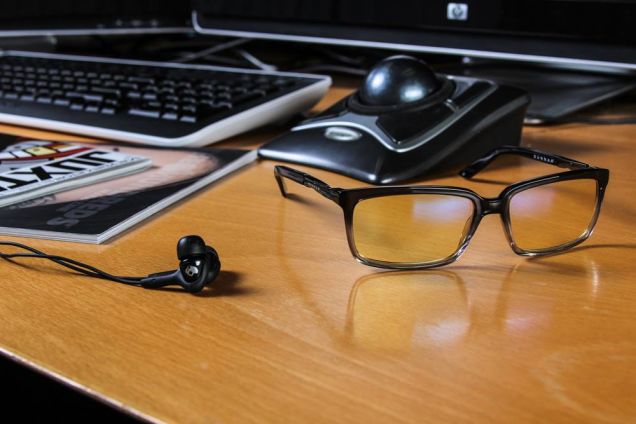An eye checkup is more than assessing the health of the eyes. It can also diagnose neurological and neurobehavioral disorders. Doctors don’t have to split your brain in half to examine your mental health or perform a series of tests on you. An ophthalmologist simply needs to take a peek at your eyes or examine it – no more, no less. It is a painless way to check your noggin without the eye-popping expenses.
Moreover, you can also evaluate a person’s true intentions by looking at their eyes or its movements. Our eyes are not just windows through our soul. Our peepers can reveal our personality and behavior. This is a bit of creepy in a way but it is awesome information nonetheless.
The movement of the eyes is one form of non-verbal communication. Other types are gestures, facial expressions and posture. Non-verbal communication co-exists with verbal communication; our body language should relate or match with what we are saying. Why is non-verbal communication important? According to an article in livestrong.com, it can be used “to express emotions, communicate interpersonal relationships, support verbal interaction, reflect personality and perform rituals.”
How? Well, it helps to
- Detect mental and behavioural disorders like:
Attention Deficit Hyperactivity Disorder (ADHD)
An investigation conducted at Tel Aviv University in Israel found out that “the rate of microsaccades is inversely correlated with the level of attention.” Microsaccades is the minute to-and-fro movements of the eyes, as defined by medilexicon.com. People with ADHD have higher rates of eye blinks and microsaccades, the investigation divulged.
Multiple Sclerosis (MS)
Using a technique called optical coherence tomography (OCT), it can identify retinal thinning during an eye checkup which is one of the symptoms of having a MS, based on a study at Multiple Sclerosis Clinical Center at UT Southwestern.
Alzheimer’s disease
According to alz.org, a person with Alzheimer’s has four visual problems such as motion blindness (unable to sense movement); depth perception (3D objects appear flat); color perception; and contrast between colors.
- The slower the eye movement, the more fatigued you are. This is the result of this study after the researchers enlisted surgical residents on a 24-hour shift.
- Impulsive decision-makers create rapid eye movements, a study published on jneurosci.org reveals. This is due to the fact that “the cost of time may be shared between decision making and motor control,” the study explains. Time is the greatest enemy of impatient persons.
- It can reveal if someone is lying – or not really? Past studies shown the difference between left and right eye movements. In an article at Daily Mail, when a right-handed person’s eye goes to the left it means it recalls something, otherwise, it is visualizing an imagined event. You can detect a case of fibbing once the eyes move to the right because it means the person is trying to construct an imaginary event.
However, Professor Richard Wiseman, a psychologist at University of Hertfordshire, told Daily Mail that there is no relationship between eye movements and lying based on their study published on plosone.org. How to catch one? Read this.
- It can show when you’re having a hard time solving a problem. This was discovered by a Nobel Prize winner Daniel Kahneman, who found out that the more difficult the problem is, the larger the dilation of the pupils.
In his research, he instructed subjects to memorize a series of numbers. He noticed that the subjects’ pupils dilate as the numbers were presented one-by-one and it contracts as they recited them.
They say “actions speak louder than words.” For this reason, non-verbal cues reveal our truest intentions than what we communicate verbally. All you have to do is to conduct a discreet “eye checkup.”









